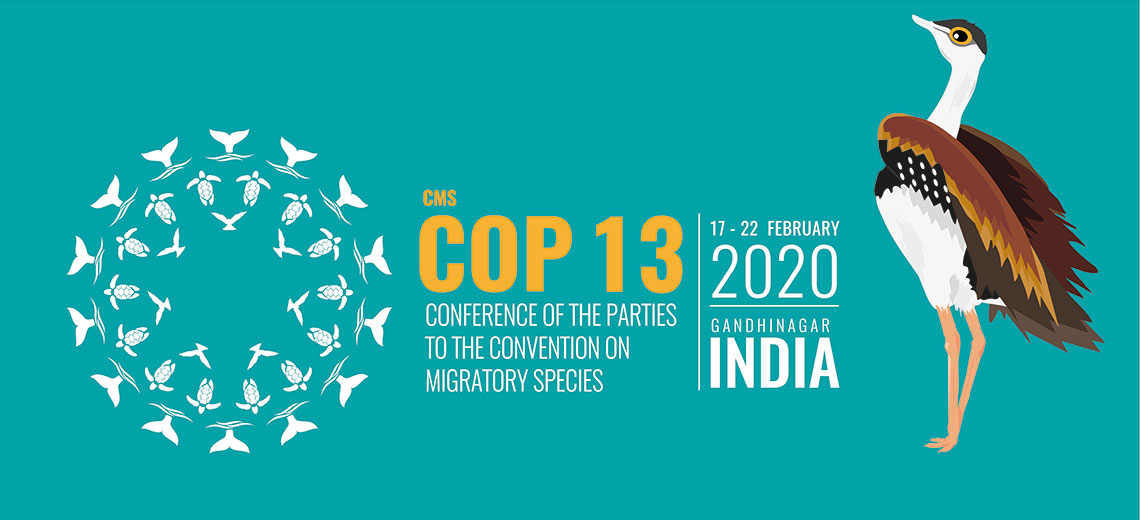SCCN Blogs
People's Participation Approach
A Bottom-Up Approach Towards Migratory Species Conservation:
"Migratory species are part of our planetary. They connect all of us on the planet together. We welcome them to our home". To effectively mainstream biodiversity conservation and effectively manage the conservation of species, the significance of mobilizing joint efforts from the general public and the local authorities need to be emphasized
With the incentive of sharing best practices at conserving migratory species and other wildlife, China Biodiversity Conservation and Green Development Foundation (CBCGDF), Operation Earth and TERRE Policy Centre will co-host a thematic side event "People's Participation Approach: A Bottom-Up Approach Towards Migratory Species Conservation" at the upcoming thirteenth Conference of Parties to the Convention on Migratory Species (CMS COP13) on 17th February 2020 in Gandhinagar, Gujarat.
Functioning as the essential component of the ecosystem, migratory species help to pollinate and distribute seed. When measuring the value of animal migration, migratory animals are potentially effective indicators of environmental changes that affect us all.
This side event will focus on the current status and major issues to conserve migratory species and spread referential experience and efforts contributed by the civil society and grassroot organizations from both China and India on enhancing awareness promotion, community engagement and teenage participation over the past years. This meeting will provide a platform for professionals and delegates from different countries and regions to freely communicate and share their case studies best experience and practices.
Since 2016, the Community Conservation Area for something at somewhere (CCAfa) system introduced by CBCGDF in China has been proved to be an effective programme for species conservation, as it fully mobilizes and rallies the government and the indigenous people to jointly contribute to the cause of protecting species and their habitats.
TERRE Policy Centre over last decade has been active in India in community-led conservation of Bio-diversity around Western Ghats, including the UNESCO World Heritage sites. Under its Smart Campus Cloud Network (SCCN) project, it ensures the engagement of youth in its activities. For instance, for the Annual Report Cards for the management of Kaas Plateau (World Natural Heritage), TERRE welcomes the active participation of young volunteers every year.
When you subscribe to the blog, we will send you an e-mail when there are new updates on the site so you wouldn't miss them.






Comments